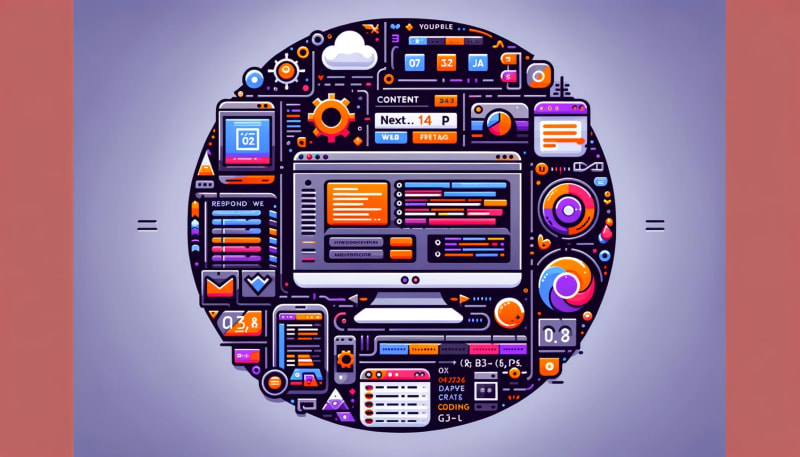Introduction
Next.js 14 introduces groundbreaking advancements in image handling and optimization, a critical aspect of modern web development. This article explores the new features in the Image Optimization API, focusing on how they improve web performance and enhance user experience.
Enhanced Image Handling
Next.js 14 brings a new level of sophistication in image handling:
- Support for Advanced Formats: Next.js 14 now supports modern image formats like AVIF and WebP, which offer superior compression and quality compared to traditional formats.
- Responsive Images: The update introduces enhanced capabilities for handling responsive images. This means images are automatically optimized for different screen sizes and resolutions, ensuring the best balance between quality and performance.
- Better Control Over Image Loading: Developers now have more control over how and when images are loaded. Features like lazy loading are now more efficient, further boosting site performance.
Improved Performance
The improvements in the Image Optimization API significantly boost website performance:
- Faster Image Loading Times: By optimizing image formats and sizes, Next.js 14 reduces the amount of data transferred, resulting in faster page load times.
- Optimized Bandwidth Usage: The intelligent selection of image formats and sizes means less bandwidth is consumed, which is particularly beneficial for users on limited data plans or slow connections.
Use Cases and Best Practices
Practical applications of these improvements include:
- E-commerce Platforms: Where high-quality product images are essential, the API ensures fast loading without compromising on quality.
- Content-rich Websites: Like news portals, where it’s crucial to have fast-loading images to keep readers engaged.
- Portfolios and Galleries: Where visual quality is paramount, the API ensures images are displayed in the best possible format.
Best Practices for Implementing the Image Optimization API:
- Use the
next/imagecomponent for automatic optimization. - Specify priority images to preload on page load.
- Utilize placeholder blur-up techniques for a smoother loading experience.
Conclusion
The advancements in Next.js 14's Image Optimization API represent a significant leap forward in web development. These enhancements not only simplify the developer's workflow but also drastically improve the end-user experience, particularly on image-heavy websites.
References
For a deeper dive into these features, refer to the official Next.js documentation on image optimization. Additionally, numerous technical blogs and articles offer practical tutorials and analyses, providing further insights into the effective use of the Image Optimization API in Next.js 14.




Top comments (0)